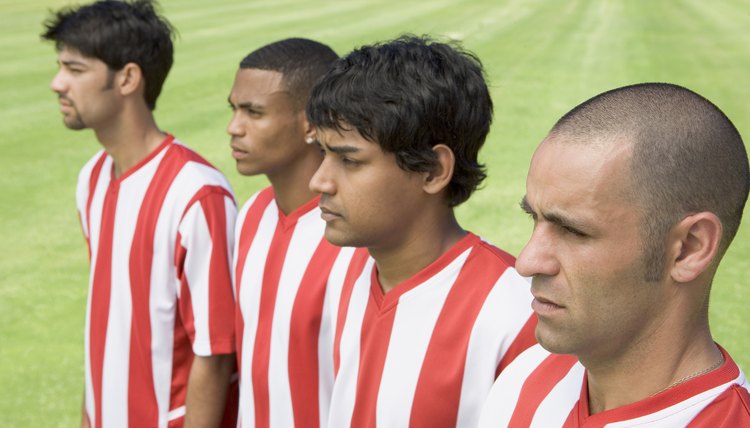Gender Discrimination in Sports

Gender discrimination in the athletics industry has long been a controversial topic — even the founder of the modern Olympics, Baron Pierre de Coubertin, said in 1896, “No matter how toughened a sportswoman may be, her organism is not cut out to sustain certain shocks.” Since then, gender equality in sports has come a long way, including UNESCO recognizing sports and physical activity as a human right in 1978.
Statistics
Statistics show that female sports do not carry the same weight as male sports. According to the Women’s Sports Foundation, male athletes get $179 million more in athletic scholarships each year than females do. Additionally, collegiate institutions spend just 24 percent of their athletic operating budgets on female sports, as well as just 16 percent of recruiting budgets and 33 percent of scholarship budgets on female athletes.
Title IX
Passed in 1972, Title IX was a landmark piece of legislations that banned sexual discrimination in all schools, including in athletics. It applies to all state and local agencies that receive education funds, which includes school districts, colleges, universities, libraries and museums. It focuses on giving women equal opportunities in the athletic arena to those of men. In terms of intercollegiate athletics, three categories are used in determining whether a school is complying with Title IX, according to the University of Iowa: athletic financial assistance, interest and abilities accommodations and other program areas. Compliance is determined on a program-wide basis, not by particular sports.
Value of Women's Sports
Research supports the notion that there is less value placed on women’s sports. This leads to unequal wages and coverage when compared to men’s sports. Although approximately 40 percent of sport and physical activity participants are women, only 6 to 8 percent of total media sports coverage is devoted to their athletics, according to the Women's Sports Foundation. Additionally, in a study of four major newspapers--USA Today, the Boston Globe, the Orange County Register and the Dallas Morning news--women-only sports stories totaled just 3.5 percent of all sports stories.
Women’s sports also tend to be verbally and visually set apart, such as in the name of the Women’s National Basketball Association (WNBA). In men’s sports, gender is almost never mentioned.
Filing a Complaint
Under the Office of Civil Rights, anyone--male or female--who believes he or she has been discriminated against based on gender at an institution that receives United States Department of Education funds can file a complaint under Title IX. The complaint must be filed within 180 days of the alleged discrimination, in the state in which it occurred. A complaint letter has to include who was discriminated against, by whom or which institution, how the complainant was discriminated against, when the discrimination took place and the complainant’s contact information. Unless required to divulge information by law, the OCR will keep the complainant’s identity confidential.
Additional Committees
Multiple committees have been formed to improve gender equality in athletics. In 1995, the Beijing Platform for Action was adopted at the Fourth World Conference on Women, with the goal of providing policy recommendations on women, gender equality and sport. It called for accessible sports facilities at all educational institutions, establishment of gender-sensitive programs at educational, workplace and community institutions and equal opportunities for women to participate in athletics on the same basis as men.
In stark contrast to the Olympics’ founding father’s remarks in 1896, the International Olympic Committee requested in 1994 that the Olympic Charter be amended to include a reference to progressing action on women and sports. The current charter, which was adopted in 2004, states that one of the committee’s roles is to encourage and support the promotion of women in sport, as well as to give equal weight to men and women.
References
Writer Bio
Kelsey Casselbury has a Bachelor of Arts in journalism from Penn State-University Park. She has a long career in print and web media, including serving as a managing editor for a monthly nutrition magazine and food editor for a Maryland lifestyle publication. She also owns an Etsy shop selling custom invitations and prints.
